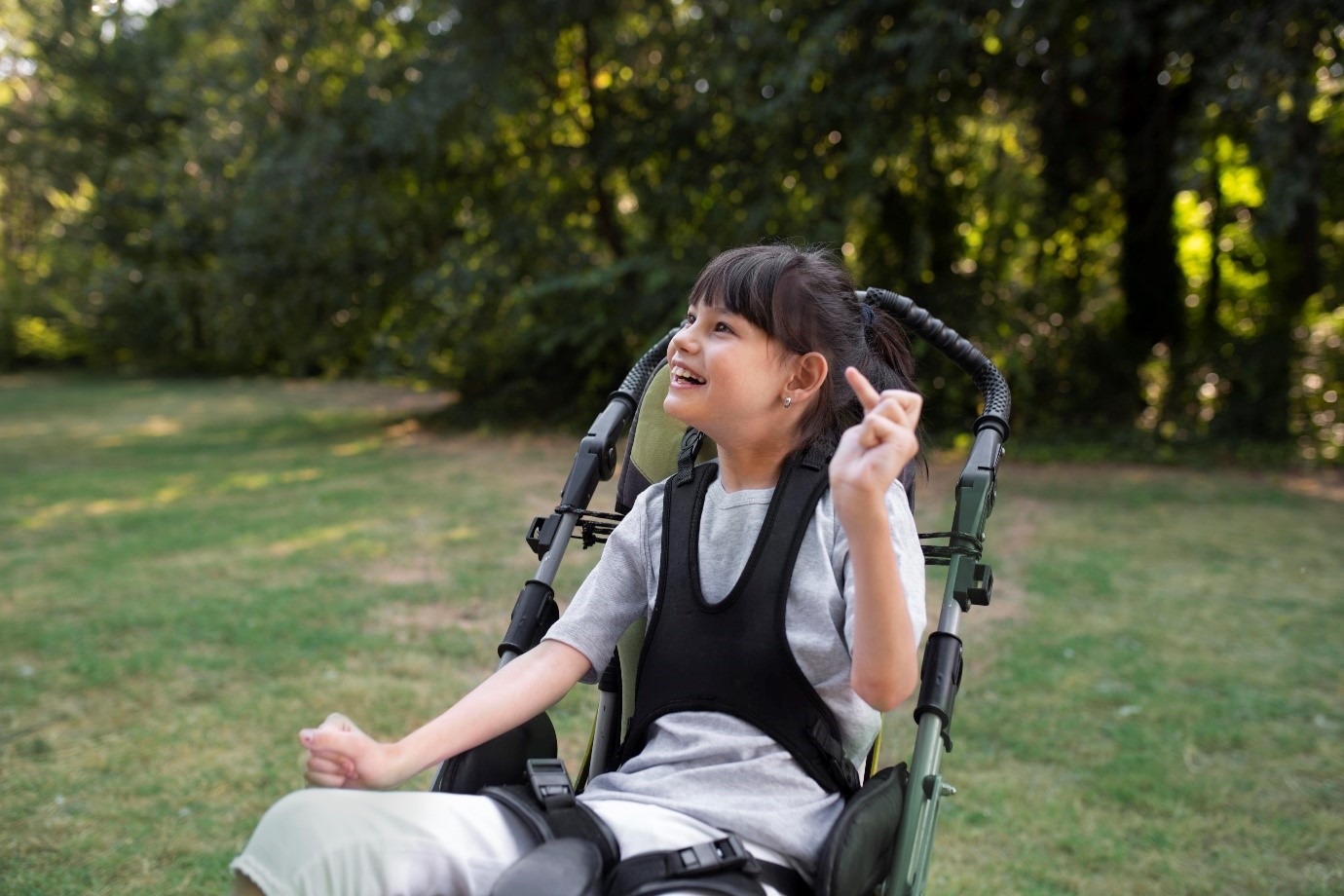Millions across the globe are disabled, irrespective of age, gender, race, or socioeconomic background. The United States accounts for one in four adults with some form of disability, as per the data from the Centers for Disease Control and Prevention (CDC). The impact that disabilities can have on mobility, cognition, vision, hearing, and mental health is immense, and they pose challenges that can be significant.
However, challenged individuals do find means to adapt and, when supported with resources support and thrive. An understanding of the most common disabilities can help recognize the barriers individuals face and institute solutions to promote inclusion, independence, and a better quality of life. Learning to complete the daily tasks of living, being gainfully employed, and having social interactions significantly improve outcomes for newly diagnosed individuals or someone living with it for years.
1. Mobility Impairments
One of the most common impairments includes conditions like spinal cord injuries, cerebral palsy, multiple sclerosis, and limb loss. The disability can impede or completely disable activities such as walking, climbing stairs, or standing for long periods.
Overcoming Challenges: Technological advancements such as assistive devices, namely wheelchairs, prosthetics, mobility scooters, and exoskeletons, enable movement and independence. Home modifications and ramps, elevators, and accessible bathrooms in public spaces can help in creating a negotiable environment. Physiotherapy and occupational therapy can also help with building strength and improving mobility.
2. Intellectual and Developmental Disabilities
The conditions included in this category are Down syndrome, autism spectrum disorder, and other cognitive impairments. The condition affects learning, reasoning, and problem-solving, ranging widely in severity, and affects communication, social skills, and self-care ability.
Overcoming Challenges: Affected individuals can benefit from individualized education plans (IEPs), speech therapy, behavioral interventions, and life-skills training. Structured routines, visual aids, and consistent reinforcement are known to benefit affected individuals, as well as inclusive education and workplace accommodations to help with better participation and achievement.
3. Mental Health Disorders
Disabilities included are major depressive disorder, bipolar disorder, schizophrenia, and anxiety disorders, and severely impact the ability to function socially, remain employed, or complete daily activities.
Overcoming Challenges: A combination of diagnosis and medication, counseling, and behavioral therapies can help manage mental health disorders. Support networks and mental health advocates can work towards reducing stigma and motivate more people to seek help. Workplace mental health has come to prominence, with employers recognizing its importance for better productivity, including flexible schedules and remote work options.
4. Hearing Impairments
Congenital or acquired hearing loss can range from mild difficulties to profound deafness. It can be brought on by illness, injury, or aging, and it affects communication, especially in environments with limited visual cues.
Overcoming Challenges: Hearing aids, cochlear implants, and real-time captioning are some of the technological advancements that have made communication more accessible. Alternatives to technology are American Sign Language (ASL) and visual communication systems for those who are deaf or hard of hearing. Public spaces and digital platforms now have captioning and visual alerts, ensuring inclusivity.
5. Vision Impairments
Vision impairments include blindness, glaucoma, macular degeneration, and diabetic retinopathy, which reduce the ability to see clearly or navigate safely. It can severely impact personal independence.
Overcoming Challenges: Tools such as screen-reading software, braille displays, magnification devices, and tactile graphics are available for visually impaired individuals. Orientation and mobility training help with navigating environments safely. Social changes such as accessible web design and inclusive signage in public spaces have made independence and accessibility easier.
Moving Toward Greater Accessibility and Inclusion
The above five categories are the most common disabilities. However, the effect and experience vary with the individual and their circumstances. The challenges posed by this disability require personal determination and systemic support.
Access to healthcare, legal protections such as the Americans with Disabilities Act (ADA), inclusive workplace practices, and public awareness make things much easier. Social perceptions can be changed through the representation of individuals with disabilities in media, education, and leadership roles, reducing the stigma and misconceptions.


